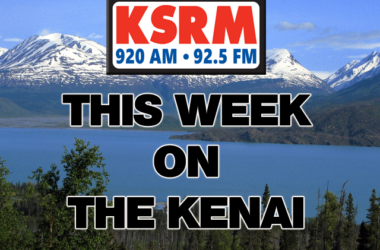The Alaska Department of Environmental Conservation Division of Air Quality had issued an air quality advisory for most of South-Central including most areas of the Kenai Peninsula through Friday July 1st, until 2pm.

According to the advisory, smoke from fires in Central Alaska are making its way over the Alaska Range and into South Central Alaska. Northern Susitna and Copper River Valleys are the first to see impacts to smoke. Later Wednesday, smoke from the Southwestern fires will begin to move east over Lake Iliamna and into the Cook Inlet.
Smoke will flow up the inlet into the lower Susitna Valley. South Central Alaska will see an increase in smoke thru Wednesday evening, wind directions change for Thursday, but the region will
continue to have impacts to air quality and visibility for the next few days. Air Quality will vary between GOOD and UNHEALTHY depending on wind flow and proximity to the fires.
Be aware that areas immediately downwind of any fire will experience HAZARDOUS levels of smoke. Generally, worse conditions occur overnight and during the early morning hours, as the
atmosphere cools and brings smoke to the surface. During the day, surface heating will mix smoke and carry it upwards, temporarily improving air quality.
SMOKE AND PUBLIC IMPACT: This is an area forecast, and as such is a general forecast for portions of Southwestern Interior Alaska. Smoke intensity will vary depending on precise location and local wind flow patterns. Smoke concentrations will be such that they could impact public health at times. It is advised that travelers check local weather as smoke conditions may vary considerably from one locality to the next. The most recent weather observations for the surrounding impacted areas may be found on the Federal Aviation Administration Weather Cams homepage at https://weathercams.faa.gov/.
In smoke impacted areas, DEC advises people with respiratory or heart disease, the elderly and children should avoid prolonged exertion; everyone else should limit prolonged exertion.






